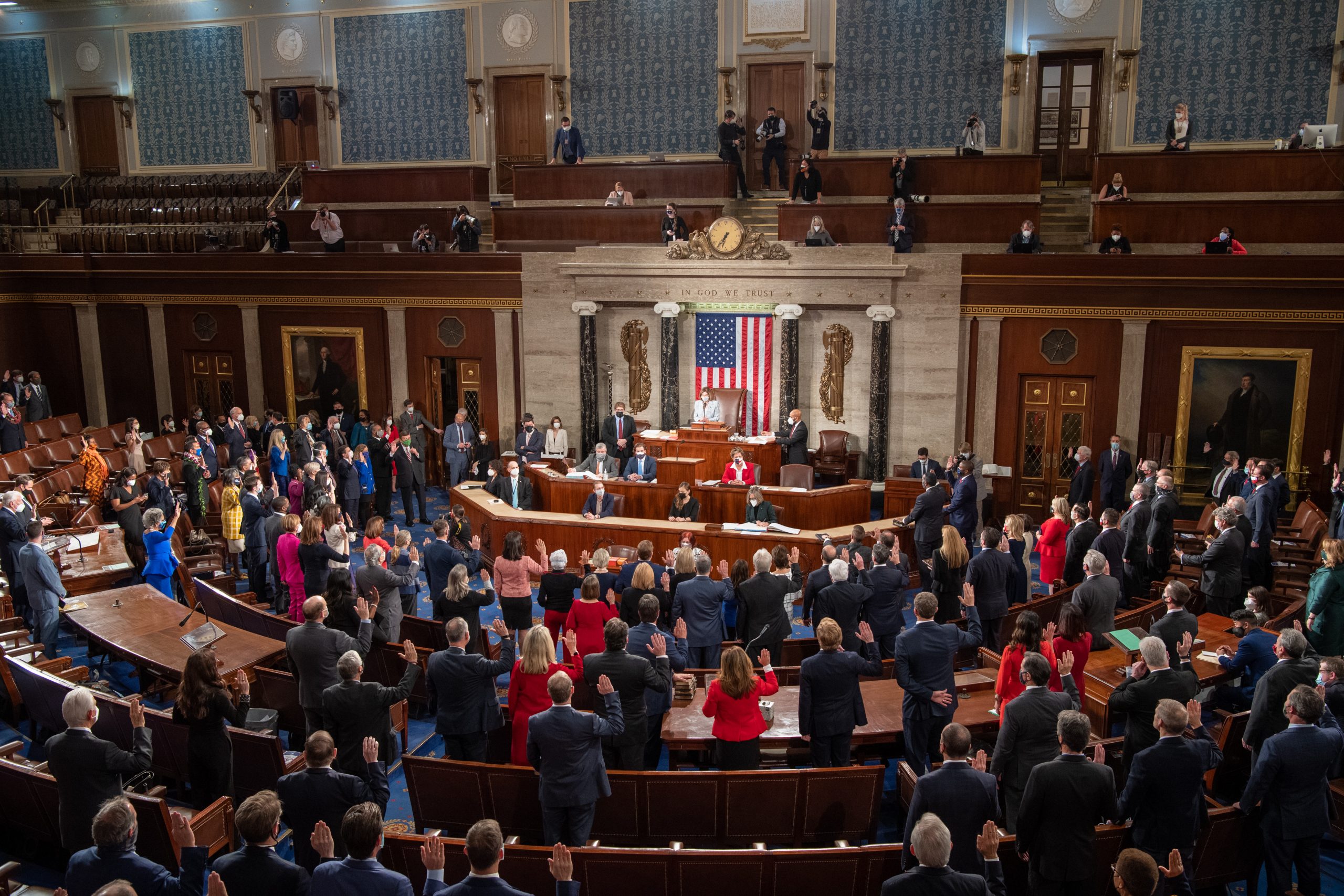Deferred Maintenance Reporting
- Home Page 336

Future Realms
Readings
Virtual reality classroom applied to science education
A Study to Design VI Classrooms Using Virtual Reality Aided Telepresence
An Embedded Virtual Experiment Environment System for Reality Classroom
A Generic Architecture of Augmented and Virtual Reality in Classrooms
Design and Implementation of Virtual Immersive Classroom in Big Data Environment
H.R. 6668 Can’t Cancel Your Own Debt Act of 2022
This content is accessible to paid subscribers. To view it please enter your password below or send mike@standardsmichigan.com a request for subscription details.
Winter Week 8 | February 17 – February 23
Monday | February 17 | 16:00 UTC
Tuesday | February 18| 16:00 UTC
Wednesday | February 19 | 16:00 UTC
Thursday | February 20 | 6:00 UTC
Friday | February 21 | 16:00 UTC
PIRATE RADIO OFFICIAL TRAILER: Ensemble comedy, where the romance is between the young people of the 60s, and pop music. @IEEECampus
..”Young men and young women will always dream dreams and put those dreams into song”..https://t.co/7KmtlBFTI5https://t.co/prxB5e9Hy6 pic.twitter.com/ieMgaW4zRQ— Standards Michigan (@StandardsMich) January 20, 2024
Saturday | February 22
Sunday | February 24
New update alert! The 2022 update to the Trademark Assignment Dataset is now available online. Find 1.29 million trademark assignments, involving 2.28 million unique trademark properties issued by the USPTO between March 1952 and January 2023: https://t.co/njrDAbSpwB pic.twitter.com/GkAXrHoQ9T
— USPTO (@uspto) July 13, 2023
Standards Michigan Group, LLC
2723 South State Street | Suite 150
Ann Arbor, MI 48104 USA
888-746-3670














